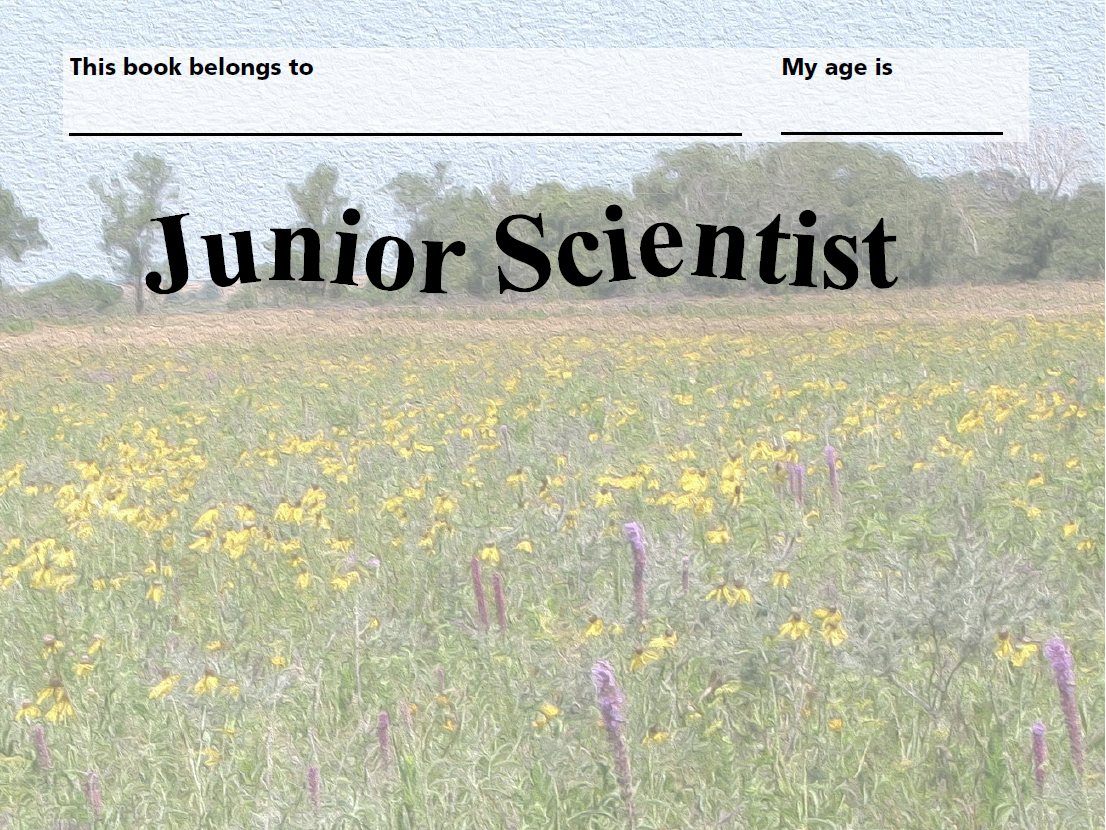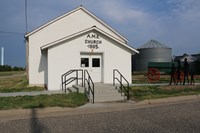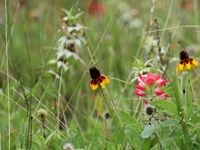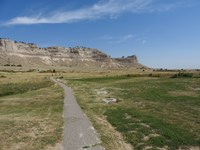- Badlands National Park (66)
- Lewis & Clark National Historic Trail (61)
- Tallgrass Prairie National Preserve (59)
- Homestead National Historical Park (56)
- Santa Fe National Historic Trail (35)
- Wind Cave National Park (34)
- Oregon National Historic Trail (33)
- Redwood National and State Parks (31)
- Herbert Hoover National Historic Site (28)
- Show More ...
- San Francisco Bay Area Inventory & Monitoring Network (14)
- Geologic Resources Division (9)
- Natural Resource Stewardship and Science Directorate (9)
- Wildland Fire Program (9)
- Heartland Inventory & Monitoring Network (8)
- Inventory and Monitoring Division (7)
- Gulf Coast Inventory & Monitoring Network (4)
- Air Resources Division (3)
- American Battlefield Protection Program (3)
- Show More ...
Showing 757 results for Prairie Rattlesnake ...
- Type: Article
Park Science is the flagship science magazine of the National Park Service. It covers research and stewardship related to our national parks. Discover the advances in science and technology that help us preserve, understand, and enjoy our public lands. Check out some of our "Greatest Hits" — Park Science stories that really resonated with readers.
- Type: Article
You can be a Heartland Inventory and Monitoring Network Junior Scientist! Explore what it is like to be a scientist that monitors plants, animals, and their habitats national parks. You will explore the 15 parks of the Heartland Network, make observations, identify animals and plants, and learn why scientists use scientific names for organisms. Visit a Heartland Network Park to complete the activities in the booklet or download the booklet here.
May We Pray?
Liberty Theatre
A.M.E. Church
- Type: Place
The A.M.E. (African Methodist Episcopal) Church formed in Nicodemus in 1879 and met in different buildings until they obtained this building from the Mount Pleasant Baptist Church in 1910, which had built it in 1885. The A.M.E. Church worshipped here until around the 1950s when it closed due to a declining congregation. The restored building is open to the public during site business hours.
Township Hall
- Type: Place
Built from 1937-1939 as a Works Progress Administration (WPA) project with local limestone, the Nicodemus Township Hall has served as a central meeting place for the community for decades. Representing the pillar of self-determination in African American communities, this building hosted everything from voting and township meetings to dances and roller-skating. It currently houses the site's visitor center.
Captain Jacks Stronghold, Tulelake, Ca
The San Antonio Cabin
- Type: Article
The Gulf Coast I&M Network conducts vegetation monitoring fieldwork once every four years in each park. This article presents a brief project overview and key findings from the 2023 I&M vegetation monitoring event in San Antonio Missions National Historical Park (NHP), Texas, which was the second round of sampling for the park.
Rattlesnake Picnic Area
1979 March on Washington for Lesbian and Gay Rights
- Type: Place
Participants in the first National March on Washington for Lesbian and Gay Rights marched across E Street in front of the South Lawn of the White House on October 14, 1979. The 1979 march is seen as the birth of a national movement for LGB rights that helped small, local organizations unite, know that they were not alone, and bring their issues to a national stage showcasing their collective power.
Henry Blake Fuller
- Type: Person
Henry Blake Fuller was a key figure in the Chicago Literary Renaissance, renowned for pioneering social realism in American literature. He is noted for being one of the first American novelists to explore homosexual themes. Fuller had a complicated love-hate relationship with Chicago. He frequently found solace at Indiana Dunes, which served as a retreat from urban life and a source for inspiration.
- Type: Article
The opening lines of “America the Beautiful” first struck Katharine Lee Bates atop Pikes Peak in the Rocky Mountains. During the summer of 1893, she embarked on a journey across the United States. Originally written as a poem, many of the lines in Bates’ ode to the American landscape refer to geographical features she encountered during her travels.
- Type: Person
Rebecca Winters was emigrating to Utah with her family in 1852 when she contracted Cholera and died within sight of Scotts Bluff. Her grave site was marked with a metal wagon wheel rim that was engraved “Rebecca Winters, Age 50.”



















